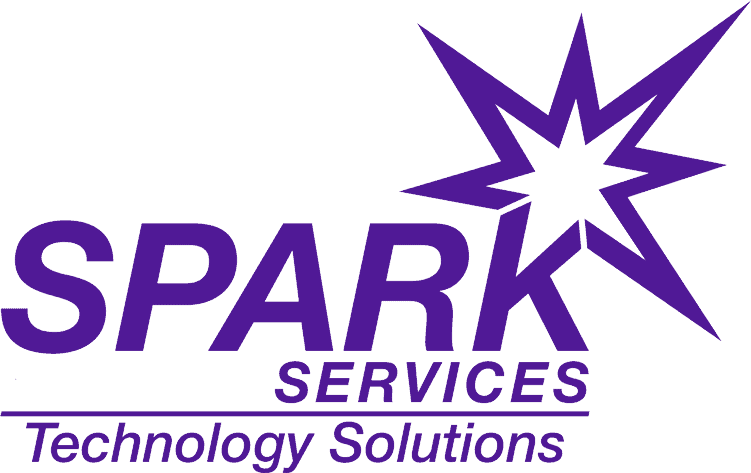When upgrading a Graphics Card, it is a fact that concentrating on the nuts-and-bolts part of the process alone misses the point. The entire process begins with the question: Do we need a new Graphics Card? Answering this can be tricky, and it depends more on the software than the hardware.
If you desire to boost your computer’s visual performance, you need to upgrade its graphics. Although the primary application is operating more powerful games with better image quality, upgrading graphics also help with video editing, image modification, and playing high-resolution videos.
Graphic Cards can last a long, long time if you play the kind of games they can handle, but eventually, every Graphics Card will play its last game. Below are five signs that indicate it’s time to upgrade your Graphics Card.
- Constant Blue Screens
A computer can have a blue screen for many reasons, be it problems with RAM, Graphics Card, Hard Drives, or other components. But if the system crashes or the blue screen appears when you begin some graphic intensive tasks (e.g., watching movies, playing video games, etc.), it could indicate that the Graphics Card is on its way out. When the computer crashes, it will display an error message, which you must copy to figure out what’s going wrong with the computer.
- Rapid Fan Noises
This does not essentially correlate to replacing your Graphics Card, but always keep an ear out for longer-than-normal fan noise. If the fan on the card faults, it can indicate that the card is getting too hot. If it is getting too hot, you’ll want to stop what you’re doing and try and clean it out as best as possible.
Almost all computers have a cooling pad built into the case to help with the fan issue, but if you feel yours isn’t working correctly, it may be time for an upgrade. If the fan’s noise is becoming bothersome, then an upgrade may also be something to consider. An average Graphics Card can produce nearly 50 decibels of sound when used at full speed. If this sounds too much for you and your computer, upgrading may be an ideal option!
- Bottlenecking GPU
A GPU bottleneck happens when the GPU limits the processor. Of course, all computers have blockages, but these bottlenecks become complicated when they hugely impact the PC’s performance. In short, a GPU bottleneck means the processor is managing more frames than the GPU can even handle; this results in an overwhelmed GPU, which is a rare type of bottleneck. If the GPU weakens over time, it begins to create unsolvable difficulties, which is when the GPU needs a replacement.
- Stuttering
When a Graphics Card starts going bad, you might see visual stuttering/freezing on the computer screen. However, dying hardware, malware, and even RAM difficulties can all cause the same type of behavior, so best not to jump to conclusions. Nevertheless, if you experience stuttering along with other warning signs, there’s a good possibility it’s your Graphics Card.
- Latest Games don’t seem to load
One of the significant signs that you need a Graphics Card upgrade is that your computer struggles to play the latest games. This mostly happens with Graphics Cards that are more than three years older. If the computer struggles to play the latest Triple-A games, it is time to upgrade the card or drop the game’s settings to a lower graphics preset.
If you’ve identified that your Graphics Card is the issue and you can’t fix it, then it might be time for an upgrade. Fortunately, we at SPARK are here to help! If you are looking for solutions for your PC and want a team assisting you, contact SPARK Services now. With a range of different services, we offer the best solutions for you. Our ultimate goal is customer satisfaction, and we do our job seriously to achieve the same. So, connect with us today to know more!




